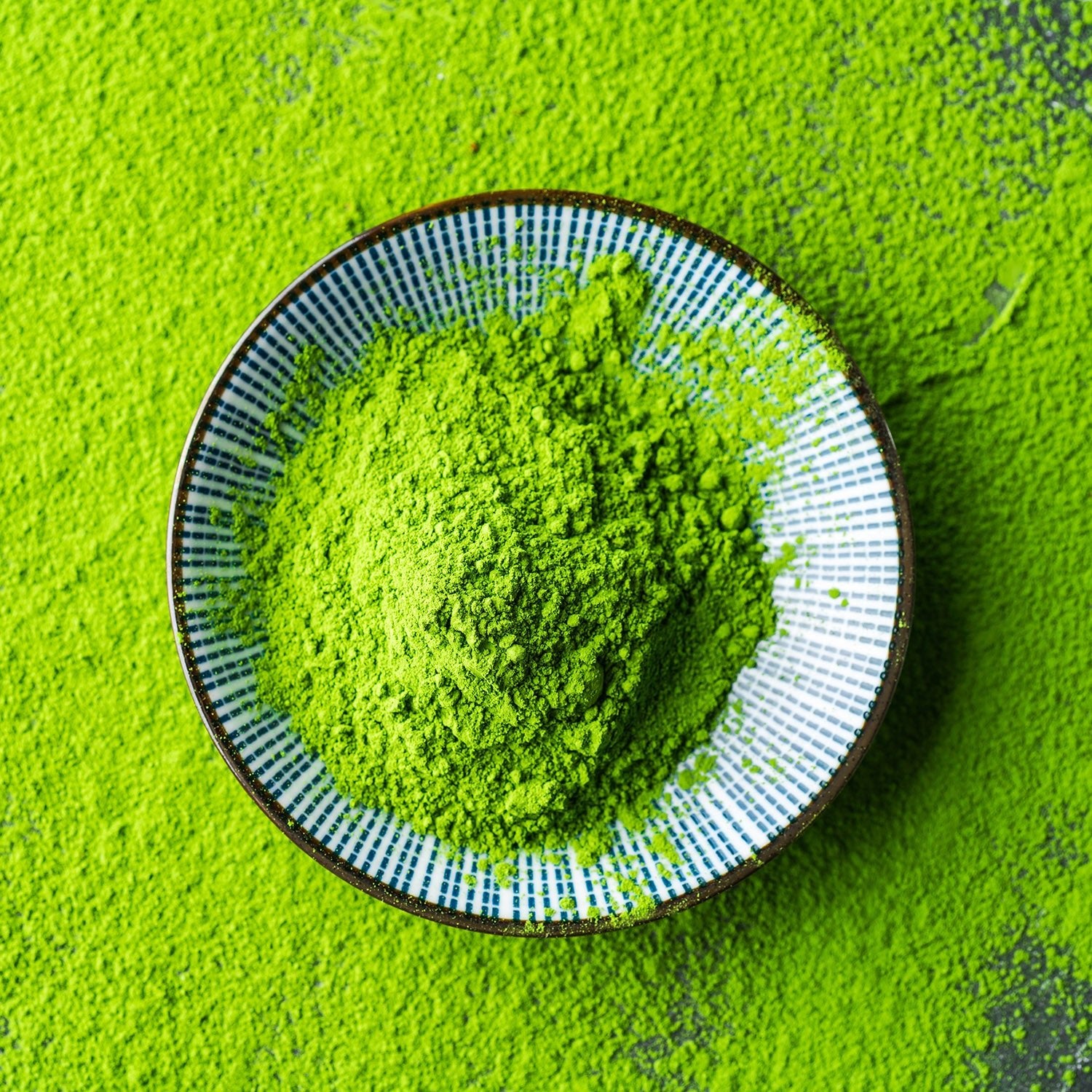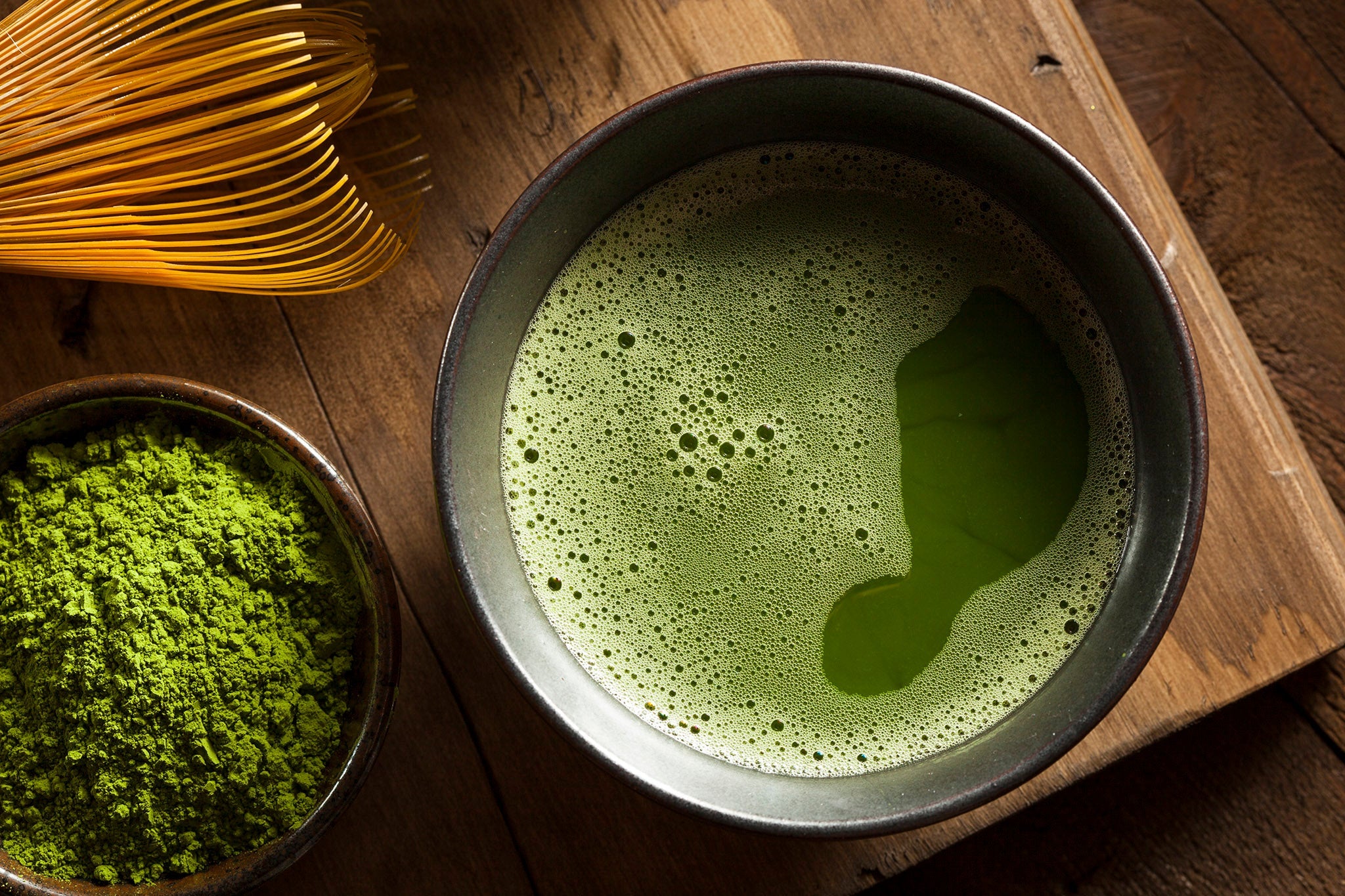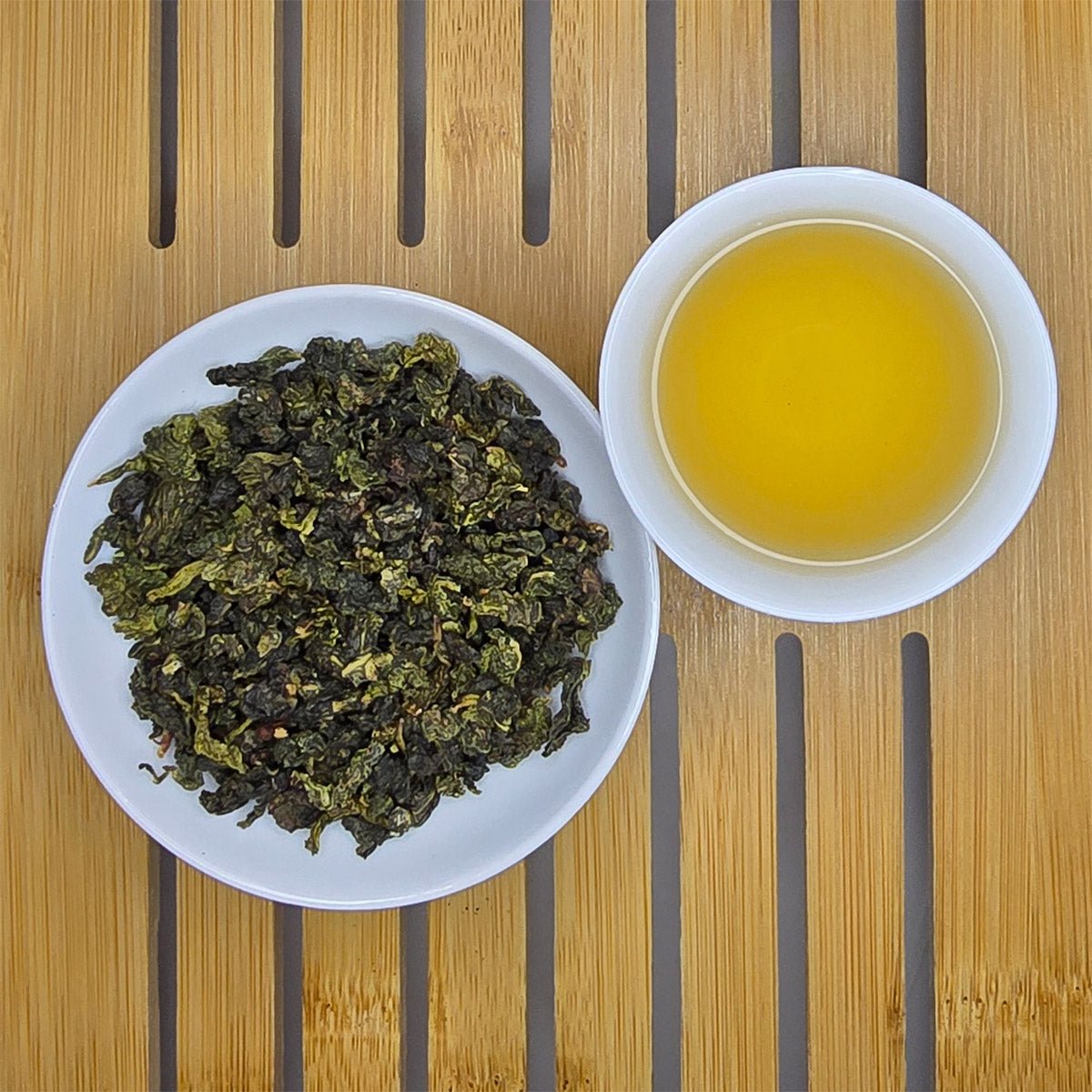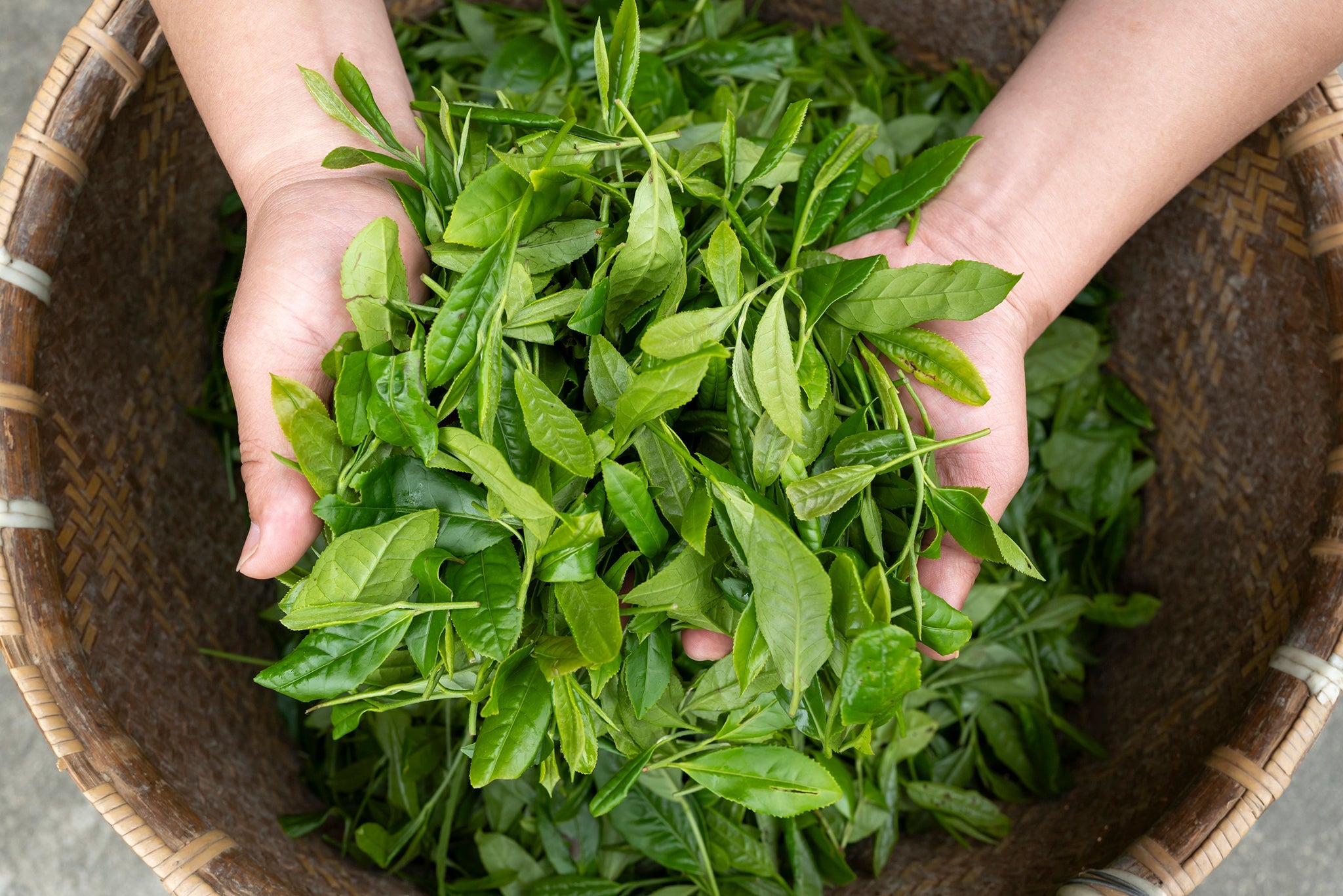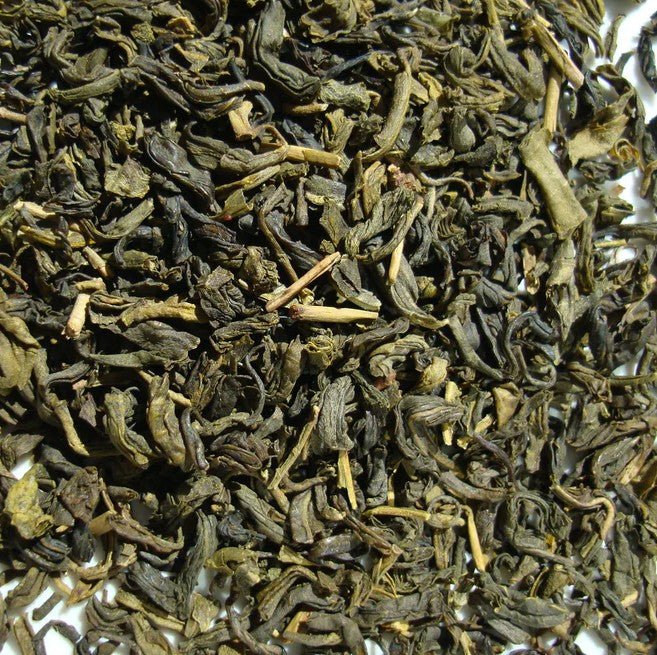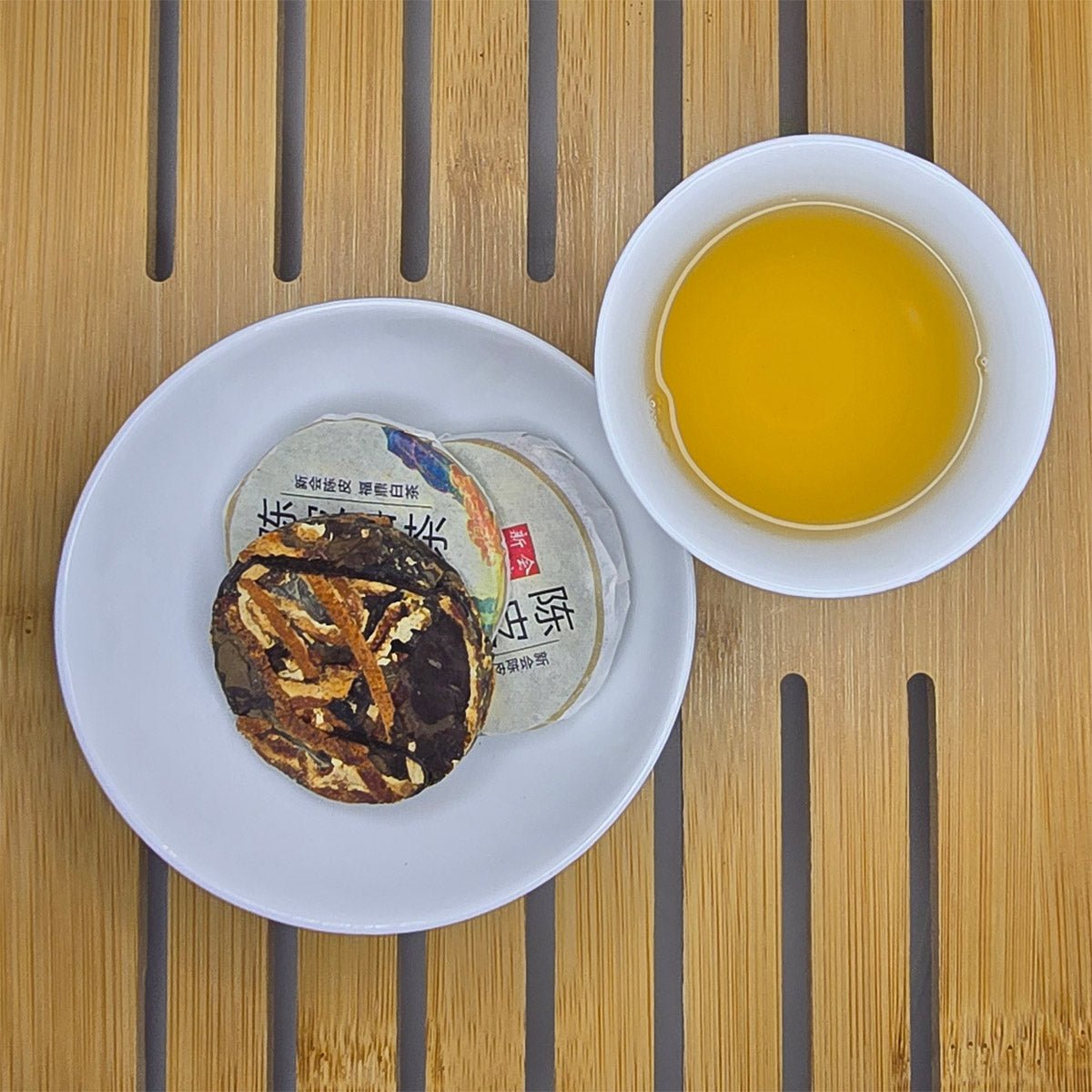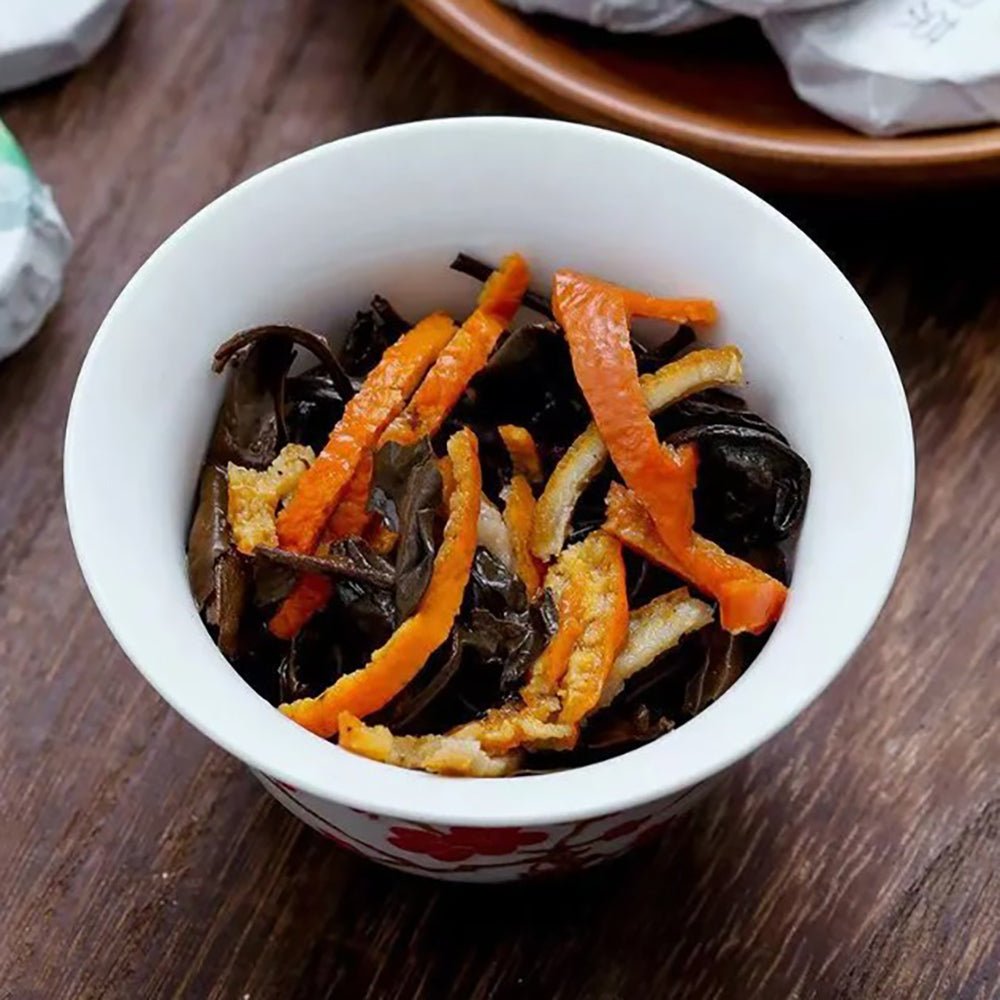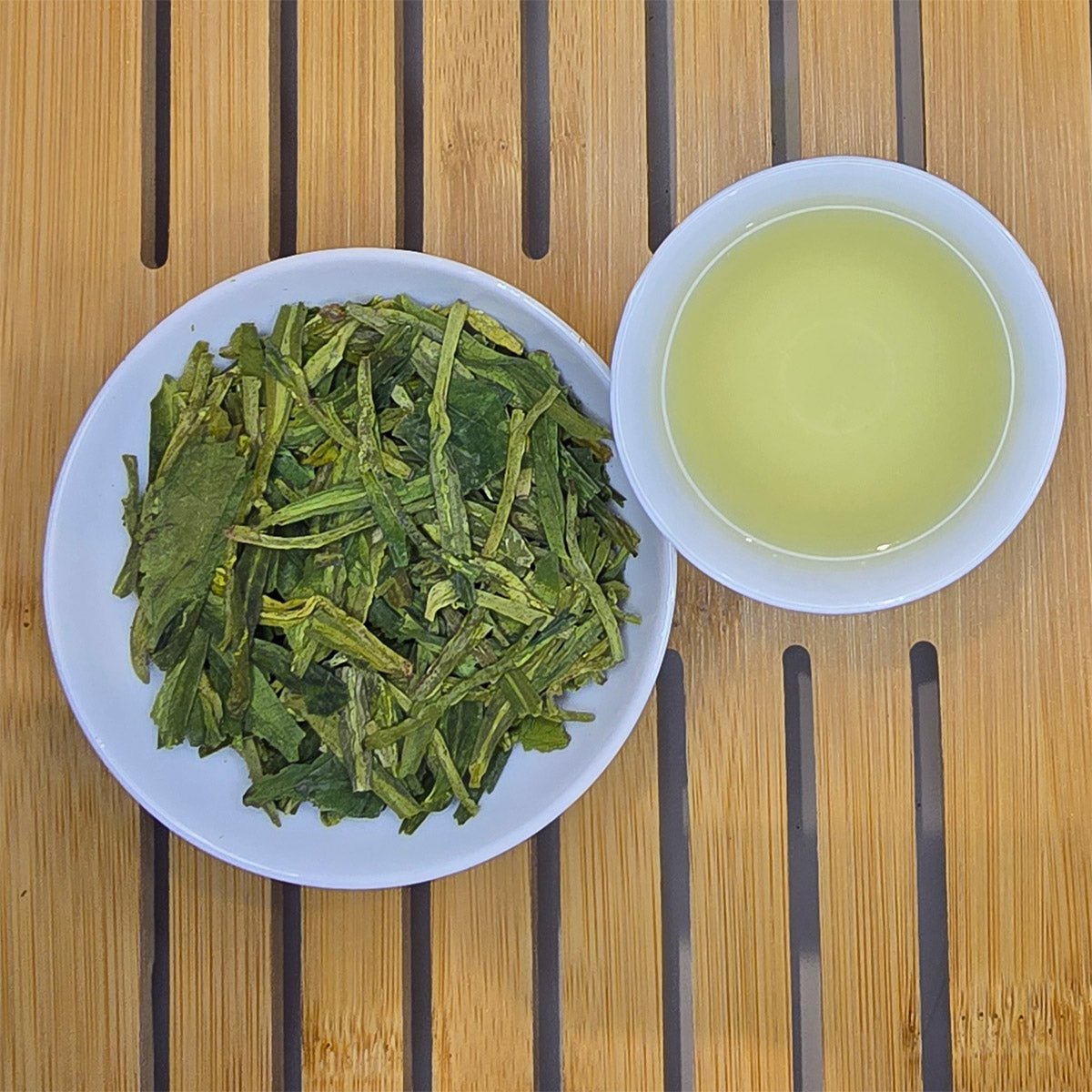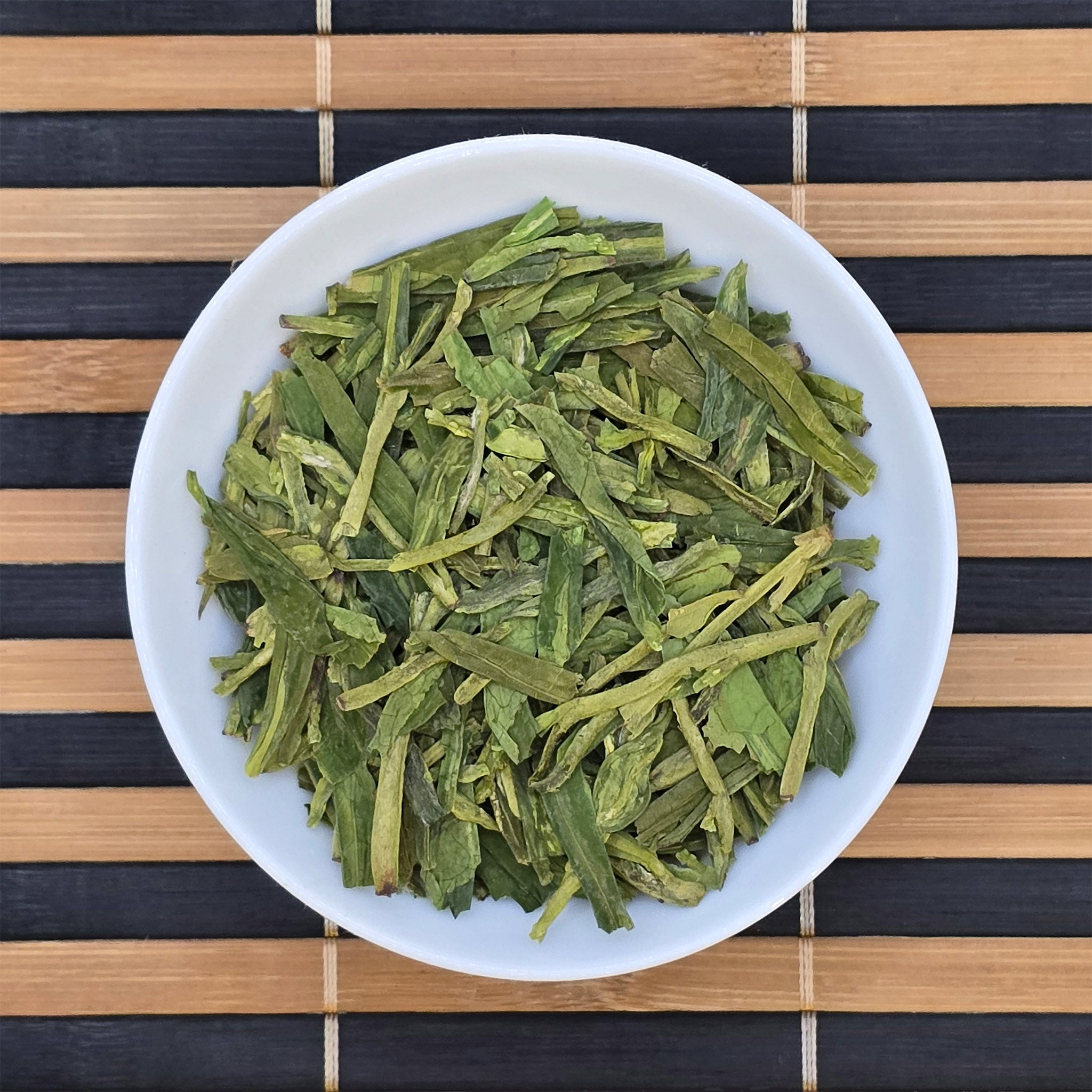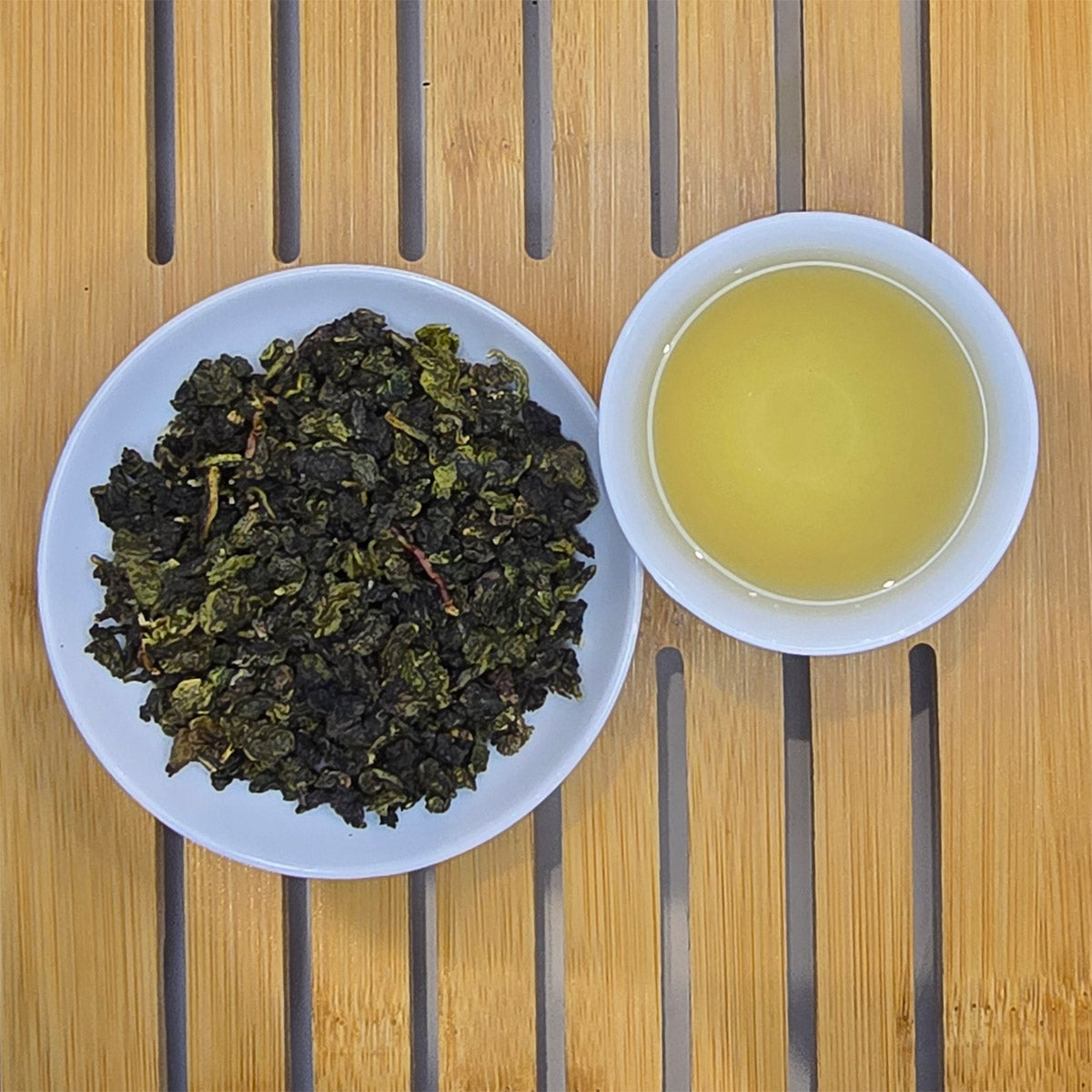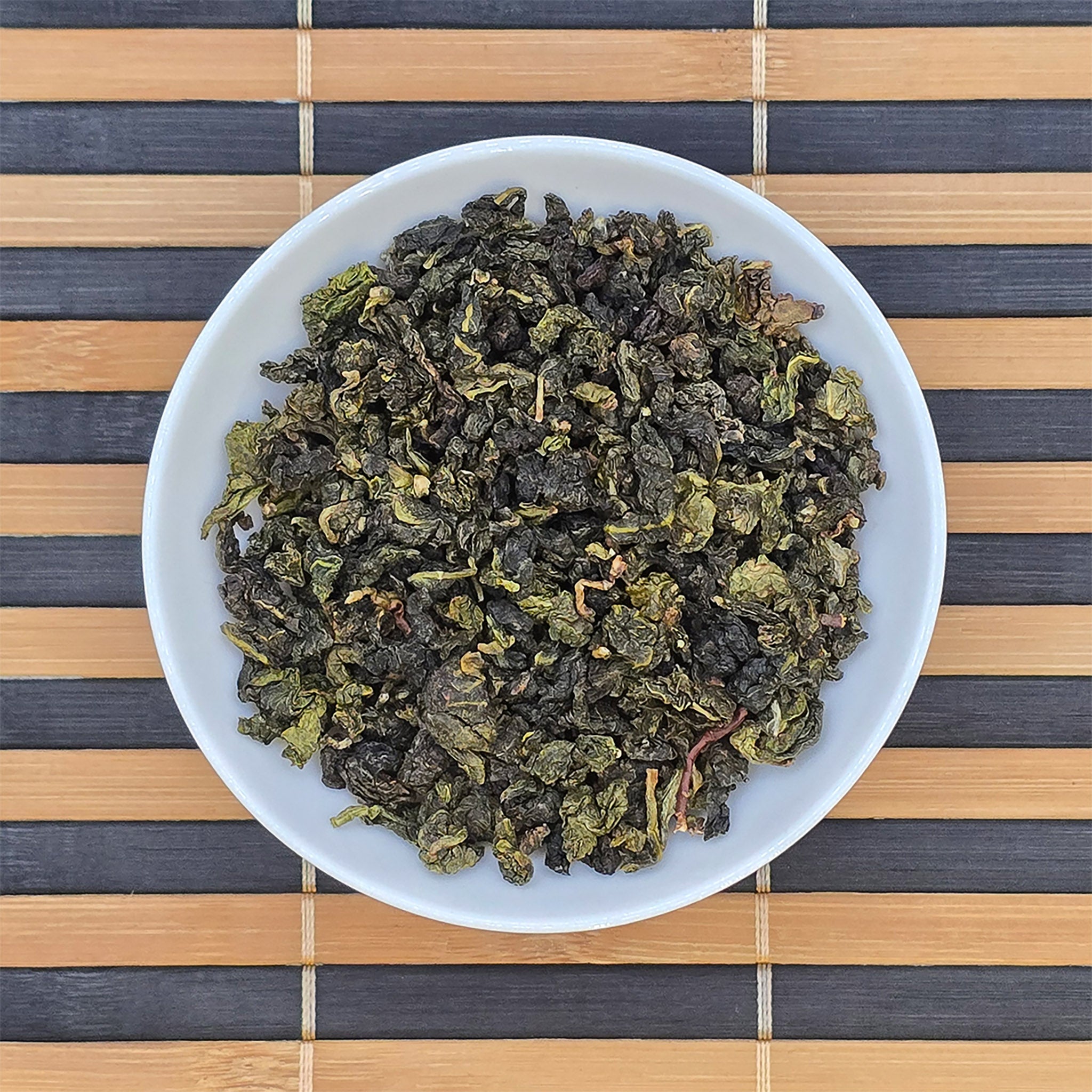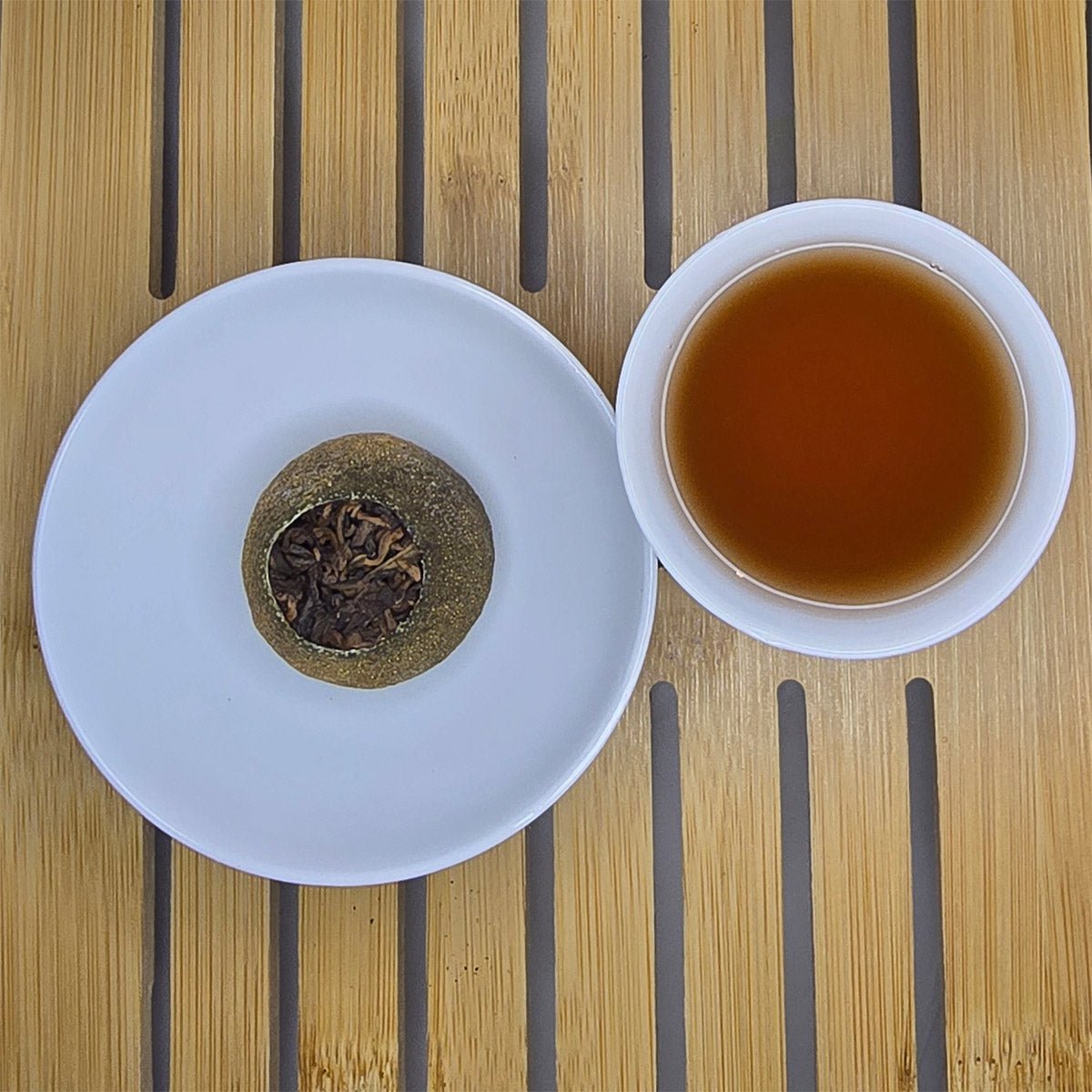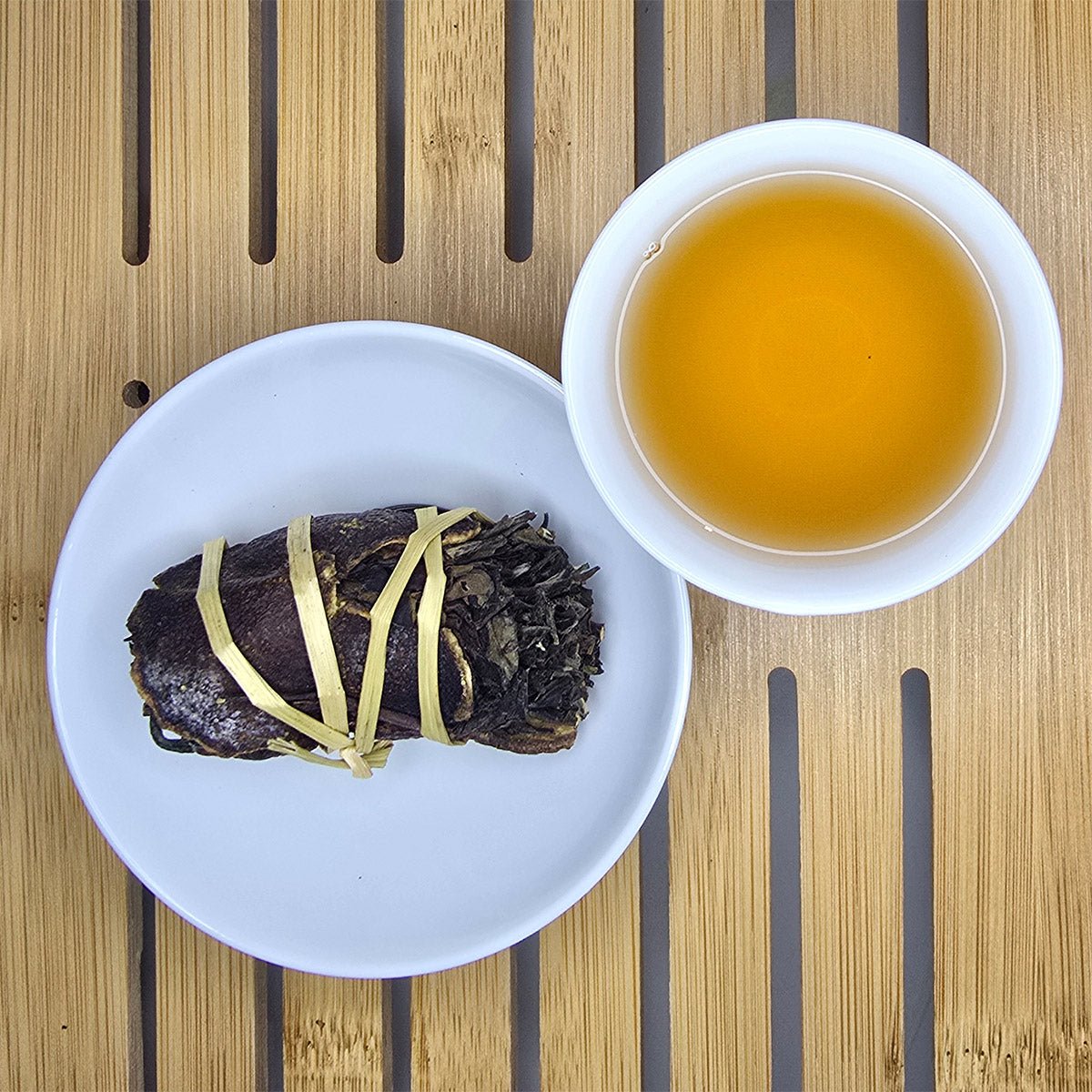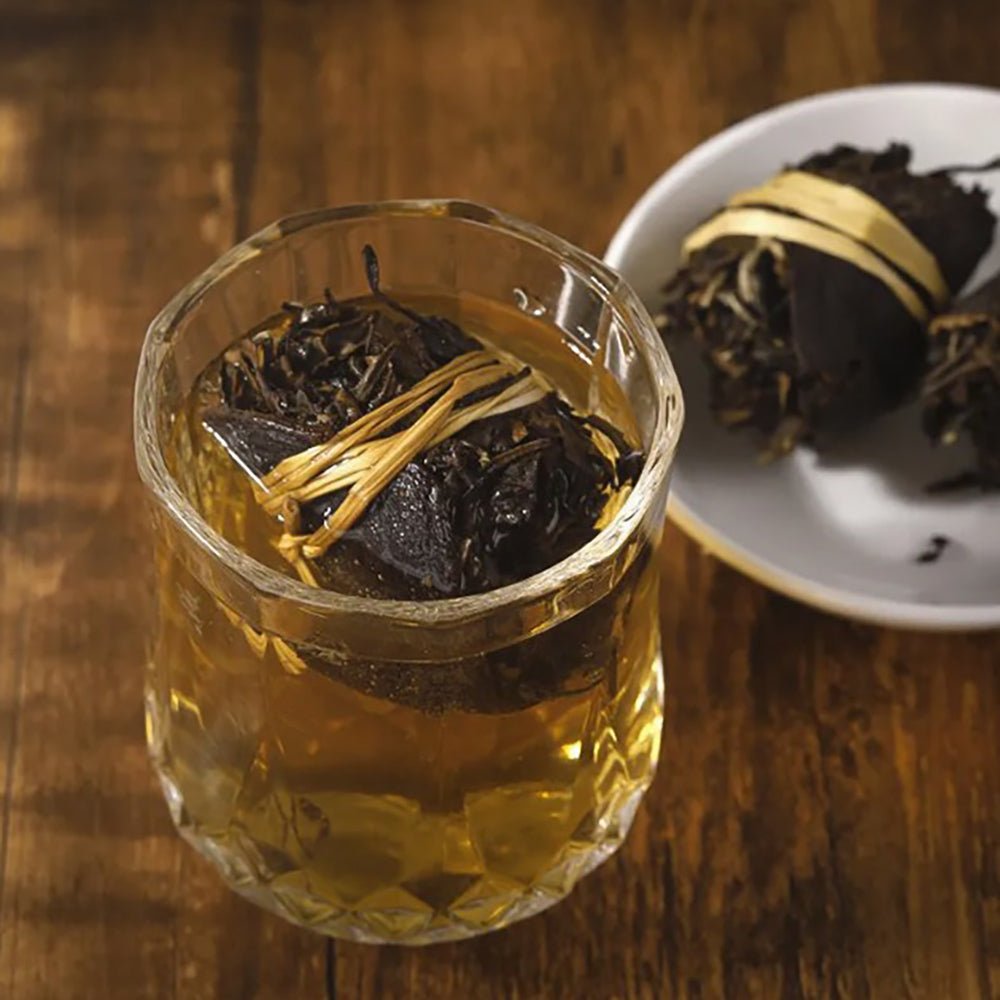
A Journey Through Time: The Fascinating History of Tea
Tea is more than just a beverage—it's a global cultural phenomenon steeped in history and tradition. From its ancient roots in China to its widespread adoption in Europe and the rest of the world, tea has played a vital role in societies across centuries. In this article, we explore the history of tea, tracing its origins, evolution, and enduring legacy.
The Legendary Origin of Tea
The origin of tea is enveloped in myth and legend. According to Chinese folklore, tea was discovered in 2737 BCE by Emperor Shen Nong. While boiling water beneath a Camellia sinensis tree, a few leaves drifted into his pot, producing a fragrant infusion. Curious, the emperor drank the concoction and felt rejuvenated—thus, the story of tea began.
While this tale is steeped in mythology, modern historians generally agree that tea was first consumed in ancient China, possibly as early as the Shang dynasty (16th–11th century BCE). Archaeological evidence suggests that tea leaves were used as part of medicinal brews long before they became a daily beverage.
Tea in Ancient China: From Medicine to Ritual
Initially used for its medicinal properties, tea in ancient China was consumed by monks and scholars seeking alertness and clarity during meditation. By the Tang dynasty (618–907 CE), tea evolved from a medicinal tonic into a refined social drink.
During this period, tea became deeply embedded in Chinese culture, thanks in part to Lu Yu, a Tang-era scholar who wrote the seminal text The Classic of Tea (Cha Jing). His book outlined everything from tea cultivation to preparation methods, laying the foundation for Chinese tea culture.
Tea was often prepared in powdered form and whisked into hot water—an approach that later influenced Japanese tea practices. The Song dynasty (960–1279 CE) continued this tradition, developing elaborate tea competitions and rituals.
Tea Spreads to Japan and Korea
Tea’s cultural journey extended beyond China, reaching Japan around the 9th century. Buddhist monks brought tea seeds and preparation techniques with them from Chinese monasteries. By the 12th century, tea became a staple in Japanese temples and was eventually adopted by the elite samurai class.
The Japanese developed their own unique tea ceremony, known as chanoyu, which emphasized mindfulness, simplicity, and aesthetic appreciation. Influential figures like Sen no Rikyū helped codify the Japanese tea ceremony, which still holds cultural significance today.
In Korea, tea was introduced during the Three Kingdoms period and gained popularity among aristocrats and monks. Though it never became as deeply ritualised as in Japan, tea drinking remains a valued part of Korean tradition.
The Arrival of Tea in the Middle East and Central Asia
As trade routes like the Silk Road flourished, tea made its way westward into Central Asia and the Middle East. In these regions, tea was adapted to suit local customs, often brewed with spices, sugar, and milk. Chai culture began to emerge, particularly in Persia and surrounding areas, where tea drinking became a social cornerstone.
The use of tea in Tibetan culture also deserves mention. There, tea was mixed with butter and salt, creating a hearty drink suited for cold, high-altitude climates. This tradition persists today in the form of yak butter tea.
The Introduction of Tea to Europe
Europe’s first exposure to tea came through Portuguese and Dutch traders in the 16th century. Portuguese missionaries brought reports of tea from China, but it was the Dutch East India Company that began importing tea into Europe in significant quantities by the early 1600s.
Initially a luxury item for the aristocracy, tea became fashionable in France, Holland, and England. By the 17th century, England emerged as a major hub for tea consumption. It was Catherine of Braganza, a Portuguese princess who married King Charles II, who helped popularize tea at the English royal court.
The Rise of British Tea Culture
By the 18th century, tea had become a national obsession in Britain. Teahouses and tea gardens sprang up, offering a social venue for both men and women. The practice of afternoon tea, introduced by Anna, the Duchess of Bedford, in the early 19th century, remains a cherished British tradition.
The British developed a strong preference for black tea, often sweetened with sugar and milk. This led to an explosion in demand and the establishment of vast tea plantations in India and Sri Lanka (then Ceylon) under colonial rule.
Tea and the British Empire
As tea became more integral to British culture, the empire sought to reduce dependence on Chinese imports. The East India Company began cultivating tea in Assam and Darjeeling, leading to the rise of Indian tea as a global commodity.
The British also played a role in introducing tea to Africa, particularly Kenya, which is now one of the world’s largest tea producers.
However, tea also had darker associations. The Opium Wars between Britain and China in the 19th century were partially fueled by the imbalance in tea trade, highlighting how this humble beverage influenced geopolitical events.
Tea in America
In the American colonies, tea was a popular drink until it became a symbol of British oppression. The infamous Boston Tea Party in 1773, where American revolutionaries dumped British tea into Boston Harbor, marked a turning point in the American Revolution.
After independence, coffee became the patriotic beverage of choice, but tea has since regained popularity in the U.S., especially with the rise of specialty teas, herbal blends, and iced tea.
The Globalization and Industrialization of Tea
The 19th and 20th centuries saw the industrialization of tea production. Innovations like the tea bag (invented in the early 1900s) and mechanized processing allowed tea to be mass-produced and widely distributed.
Today, tea is grown in over 60 countries and consumed by billions of people. From green and white teas to oolong and herbal infusions, the variety and accessibility of tea have never been greater.
Modern Tea Culture Around the World
China
In modern China, traditional tea practices persist, especially in the form of gongfu tea ceremonies that emphasize multiple infusions and high-quality loose leaf tea.
Japan
In Japan, matcha continues to grow in popularity globally, both in ceremonial contexts and as a flavoring in desserts and drinks.
India
India boasts a rich tea culture with regional favorites like masala chai, a spiced milk tea that is a daily ritual for millions.
Middle East and North Africa
Countries like Morocco have adopted tea as a central cultural practice. Moroccan mint tea, made with green tea, fresh mint, and sugar, is a symbol of hospitality.
United Kingdom
The UK remains one of the world’s top tea consumers. Brands like Twinings, Yorkshire Tea, and PG Tips dominate the market, and afternoon tea continues to be a cultural institution.
United States
The U.S. is a leader in iced tea consumption, and recent years have seen an uptick in interest around organic, artisanal, and functional teas promoting wellness and relaxation.
Tea in the Digital Age
As global tastes evolve, so too does the tea industry. E-commerce, sustainable farming practices, and a renewed interest in health and wellness have transformed the way tea is consumed and appreciated. Social media has also helped revive ancient traditions like matcha preparation and ceremonial brewing for a new generation.

Conclusion
The history of tea is a testament to the beverage’s enduring appeal. From its mysterious beginnings in ancient China to its role in shaping global trade and culture, tea has touched nearly every corner of the globe. Whether sipped in quiet reflection or shared in social rituals, tea remains a unifying force that bridges generations, cultures, and continents.
As the world continues to evolve, one thing remains certain—tea will always have a place at the table.


